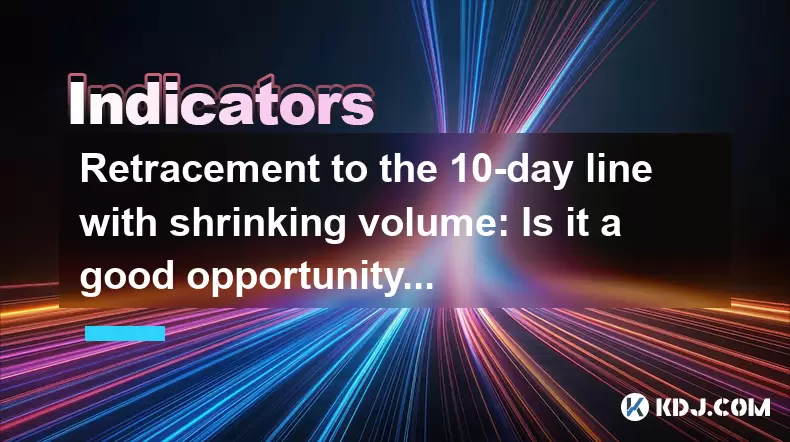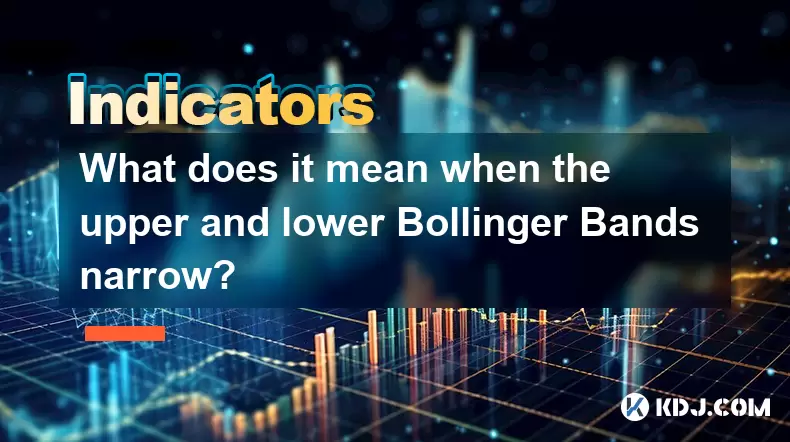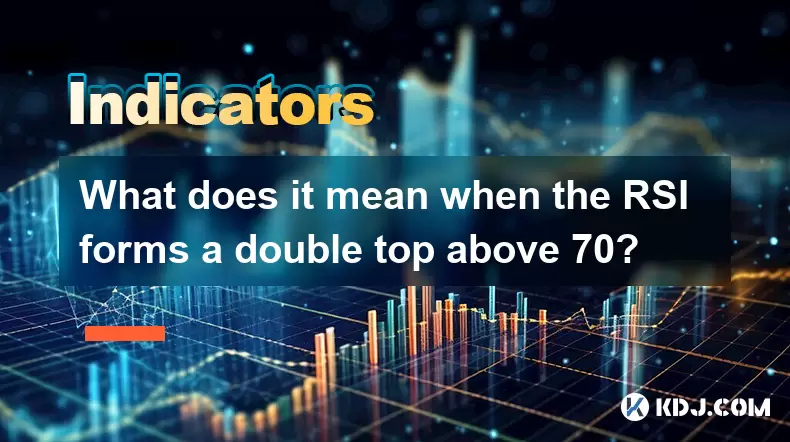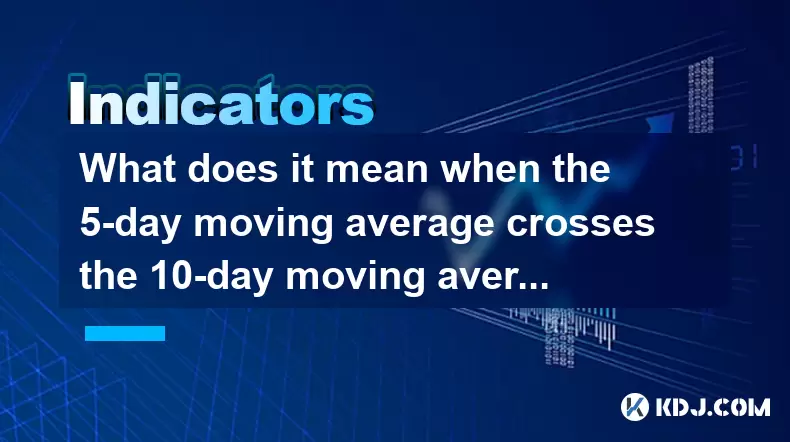-
 Bitcoin
Bitcoin $116800
0.20% -
 Ethereum
Ethereum $4192
5.51% -
 XRP
XRP $3.287
0.12% -
 Tether USDt
Tether USDt $1.000
0.00% -
 BNB
BNB $808.7
2.39% -
 Solana
Solana $180.4
2.23% -
 USDC
USDC $0.9999
0.01% -
 Dogecoin
Dogecoin $0.2390
6.80% -
 TRON
TRON $0.3365
-0.71% -
 Cardano
Cardano $0.8081
2.20% -
 Hyperliquid
Hyperliquid $43.74
6.50% -
 Chainlink
Chainlink $21.27
9.03% -
 Stellar
Stellar $0.4530
0.07% -
 Sui
Sui $3.908
3.00% -
 Bitcoin Cash
Bitcoin Cash $575.0
-1.02% -
 Hedera
Hedera $0.2632
0.61% -
 Avalanche
Avalanche $24.17
3.25% -
 Ethena USDe
Ethena USDe $1.001
0.02% -
 Litecoin
Litecoin $122.1
-0.24% -
 Toncoin
Toncoin $3.376
0.35% -
 UNUS SED LEO
UNUS SED LEO $8.981
-0.15% -
 Shiba Inu
Shiba Inu $0.00001373
5.86% -
 Uniswap
Uniswap $10.85
2.17% -
 Polkadot
Polkadot $4.080
4.03% -
 Dai
Dai $1.000
-0.02% -
 Pepe
Pepe $0.00001228
8.92% -
 Bitget Token
Bitget Token $4.506
0.09% -
 Cronos
Cronos $0.1581
3.76% -
 Monero
Monero $270.1
0.81% -
 Ethena
Ethena $0.7293
15.86%
Retracement to the 10-day line with shrinking volume: Is it a good opportunity to buy low or a risk?
Retracement to the 10-day line with shrinking volume in crypto markets can signal a buying opportunity or risk; careful analysis is key.
Jun 03, 2025 at 03:56 am

Retracement to the 10-day line with shrinking volume is a technical pattern that many traders and investors in the cryptocurrency market closely monitor. This pattern occurs when the price of a cryptocurrency falls back to its 10-day moving average while the trading volume decreases. The question many face is whether this scenario presents a good opportunity to buy low or if it carries significant risks. In this article, we will delve into the intricacies of this pattern, its implications, and how to approach it as a potential buying opportunity or a warning sign.
Understanding the 10-Day Moving Average
The 10-day moving average is a technical indicator used to smooth out price data over a 10-day period. It helps traders identify the general direction of the market by averaging the closing prices of the last 10 days. This moving average is particularly useful for short-term traders who focus on quick market movements. When a cryptocurrency's price retraces to this line, it often indicates a potential support level where the price could bounce back.
The Significance of Shrinking Volume
Shrinking volume during a retracement to the 10-day line can be interpreted in multiple ways. On one hand, it might suggest that the selling pressure is diminishing, which could be a bullish sign. On the other hand, it could also indicate a lack of interest in the cryptocurrency, potentially signaling a bearish trend. The key is to understand the context in which the volume is shrinking.
Analyzing the Pattern as a Buying Opportunity
When considering a retracement to the 10-day line with shrinking volume as a potential buying opportunity, it is crucial to look at other technical indicators and market conditions. Here are some factors to consider:
- Previous Support Levels: Check if the 10-day line has historically acted as a strong support level for the cryptocurrency. If it has, the likelihood of a bounce back is higher.
- Market Sentiment: Assess the overall sentiment in the market. If the sentiment is generally positive, a retracement with shrinking volume could be a good entry point.
- Other Technical Indicators: Use additional indicators such as the Relative Strength Index (RSI) or the Moving Average Convergence Divergence (MACD) to confirm the potential for a price increase.
Risks Associated with Buying at the 10-Day Line
While the retracement to the 10-day line with shrinking volume can be a tempting buying opportunity, it also comes with inherent risks. Here are some potential pitfalls to be aware of:
- False Breakouts: The price might break below the 10-day line, leading to a false breakout that can result in significant losses if not managed properly.
- Lack of Confirmation: If other technical indicators do not confirm the potential for a price increase, the risk of a further decline is higher.
- Market Manipulation: In the cryptocurrency market, there is always a risk of manipulation, especially with lower volume, which could lead to unexpected price movements.
How to Approach the Decision
When faced with a retracement to the 10-day line with shrinking volume, it is essential to approach the decision with a clear strategy. Here are some steps to consider:
- Monitor the Price Action: Watch how the price interacts with the 10-day line. If it consistently finds support at this level, it might be a good entry point.
- Set Stop-Loss Orders: Always use stop-loss orders to manage risk. Determine a stop-loss level based on your risk tolerance and the cryptocurrency's volatility.
- Diversify Your Portfolio: Do not put all your funds into one cryptocurrency. Diversifying your investments can help mitigate the risks associated with any single asset.
Practical Example: Analyzing a Retracement
Let's consider a practical example to illustrate how to analyze a retracement to the 10-day line with shrinking volume. Suppose Bitcoin (BTC) has been on an upward trend and suddenly retraces to its 10-day moving average with a noticeable decrease in trading volume.
- Check Historical Data: Look at Bitcoin's historical price data to see if the 10-day line has been a strong support level in the past.
- Evaluate Market Sentiment: Use tools like social media analysis and market sentiment indicators to gauge the overall mood in the market.
- Confirm with Other Indicators: Check the RSI and MACD to see if they indicate an oversold condition, which could signal a potential bounce back.
- Set a Stop-Loss: If you decide to buy, set a stop-loss order just below the 10-day line to limit potential losses.
Conclusion
In the cryptocurrency market, a retracement to the 10-day line with shrinking volume can be both an opportunity and a risk. It requires careful analysis and a well-thought-out strategy to determine whether it is a good time to buy low or if it is better to wait for more confirmation. By understanding the technical indicators, assessing market conditions, and managing risks effectively, traders can make more informed decisions in such scenarios.
Frequently Asked Questions
Q: Can the 10-day moving average be used for long-term investment strategies?
A: The 10-day moving average is primarily used by short-term traders due to its sensitivity to recent price movements. For long-term investment strategies, longer-term moving averages such as the 50-day or 200-day moving averages are more commonly used as they provide a broader view of the market trend.
Q: How can I differentiate between a genuine retracement and a potential trend reversal?
A: Differentiating between a retracement and a trend reversal involves looking at multiple factors. A retracement typically occurs within a well-established trend and is often accompanied by lower volume. A trend reversal, on the other hand, may show higher volume and a break of significant support or resistance levels. Additionally, using trend confirmation indicators like the ADX (Average Directional Index) can help identify the strength of the current trend.
Q: Are there specific cryptocurrencies that perform better with the 10-day moving average strategy?
A: The effectiveness of the 10-day moving average strategy can vary depending on the cryptocurrency's volatility and trading volume. Generally, more liquid cryptocurrencies like Bitcoin and Ethereum tend to have more reliable moving average signals due to their higher trading volumes and less susceptibility to manipulation. However, it is essential to test the strategy on historical data of the specific cryptocurrency you are interested in.
Q: How important is volume in confirming a retracement to the 10-day line?
A: Volume is a critical factor in confirming a retracement to the 10-day line. Shrinking volume during a retracement can indicate diminishing selling pressure, suggesting that the price might bounce back. Conversely, if the volume remains high during the retracement, it could signal continued selling interest and a higher likelihood of a further price decline. Always consider volume alongside other technical indicators for a more comprehensive analysis.
Disclaimer:info@kdj.com
The information provided is not trading advice. kdj.com does not assume any responsibility for any investments made based on the information provided in this article. Cryptocurrencies are highly volatile and it is highly recommended that you invest with caution after thorough research!
If you believe that the content used on this website infringes your copyright, please contact us immediately (info@kdj.com) and we will delete it promptly.
- Crypto Airdrops & Opportunities: What's Hot in August 2025
- 2025-08-09 22:30:12
- XRP, Cardano, and the Alluring Alternatives: A 2025 Crypto Landscape
- 2025-08-09 22:35:12
- Shiba Inu (SHIB) in the Crypto Landscape: Community, Trends, and Future Outlook
- 2025-08-09 20:30:12
- Solana, Unilabs, and Social Trends: Decoding the Crypto Buzz
- 2025-08-09 21:10:12
- Dogecoin, Meme Coins, and Layer Brett: Chasing the Next 100x
- 2025-08-09 20:50:12
- Crypto Presales in 2025: Are They Set to Outperform Launches?
- 2025-08-09 20:55:15
Related knowledge

What does it mean when the MACD histogram continues to shorten but the price reaches a new high?
Aug 09,2025 at 09:29pm
Understanding the MACD Histogram and Its ComponentsThe MACD (Moving Average Convergence Divergence) indicator is a widely used technical analysis tool...

What does it mean when the Triple Moving Average (TRIX) turns downward but the price doesn't fall?
Aug 09,2025 at 12:42pm
Understanding the Triple Moving Average (TRIX) IndicatorThe Triple Moving Average, commonly known as TRIX, is a momentum oscillator designed to filter...

What does it mean when the Williams' oscillator repeatedly hits bottoms but fails to rebound?
Aug 09,2025 at 09:28am
Understanding the Williams %R OscillatorThe Williams %R oscillator, developed by Larry Williams, is a momentum indicator used in technical analysis to...

What does it mean when the upper and lower Bollinger Bands narrow?
Aug 09,2025 at 03:00pm
Understanding Bollinger Bands in Cryptocurrency TradingBollinger Bands are a widely used technical analysis tool in the cryptocurrency market, develop...

What does it mean when the RSI forms a double top above 70?
Aug 09,2025 at 05:50pm
Understanding the RSI and Overbought ConditionsThe Relative Strength Index (RSI) is a momentum oscillator that measures the speed and change of price ...

What does it mean when the 5-day moving average crosses the 10-day moving average but the 20-day moving average remains upward?
Aug 09,2025 at 03:35pm
Understanding Moving Averages in Cryptocurrency TradingMoving averages are foundational tools in technical analysis, especially within the cryptocurre...

What does it mean when the MACD histogram continues to shorten but the price reaches a new high?
Aug 09,2025 at 09:29pm
Understanding the MACD Histogram and Its ComponentsThe MACD (Moving Average Convergence Divergence) indicator is a widely used technical analysis tool...

What does it mean when the Triple Moving Average (TRIX) turns downward but the price doesn't fall?
Aug 09,2025 at 12:42pm
Understanding the Triple Moving Average (TRIX) IndicatorThe Triple Moving Average, commonly known as TRIX, is a momentum oscillator designed to filter...

What does it mean when the Williams' oscillator repeatedly hits bottoms but fails to rebound?
Aug 09,2025 at 09:28am
Understanding the Williams %R OscillatorThe Williams %R oscillator, developed by Larry Williams, is a momentum indicator used in technical analysis to...

What does it mean when the upper and lower Bollinger Bands narrow?
Aug 09,2025 at 03:00pm
Understanding Bollinger Bands in Cryptocurrency TradingBollinger Bands are a widely used technical analysis tool in the cryptocurrency market, develop...

What does it mean when the RSI forms a double top above 70?
Aug 09,2025 at 05:50pm
Understanding the RSI and Overbought ConditionsThe Relative Strength Index (RSI) is a momentum oscillator that measures the speed and change of price ...

What does it mean when the 5-day moving average crosses the 10-day moving average but the 20-day moving average remains upward?
Aug 09,2025 at 03:35pm
Understanding Moving Averages in Cryptocurrency TradingMoving averages are foundational tools in technical analysis, especially within the cryptocurre...
See all articles

























































































